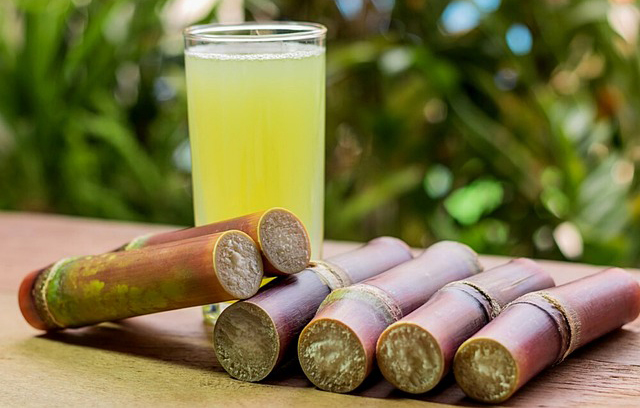Source: Ukragroconsult (Ukraine)
Thailand expects a sharp increase in sugar production as falling cassava prices force farmers to favor sugarcane. The shift could push sugar production to a seven-year high in the 2025/26 MY season.
Thailand, the world’s second-largest sugar exporter, is set to increase production as farmers abandon cassava. As cassava prices have fallen 37%, many are returning to sugarcane cultivation. Mitr Phol Group expects cane production to increase to 105 million tons from the current 92 million tons, and sugar production could reach 11.5 million tons. This export-oriented push is supported by modest local sugar consumption in Thailand, which remains at around 2.5 to 3.0 million tons. Industry analysts such as Marex and Green Pool anticipate further expansion of cane acreage in the coming seasons, forecasting potential sugar production of 13.2 million tons in MY 2025/26, assuming favorable weather and higher yields.
Increased sugar production in Thailand could mean increased supply on world markets, which could lead to lower prices. This surplus gives importing countries a chance to get sugar at reduced costs and could spark price competition between exporters such as Brazil and India. Investors will likely want to watch for changes in commodity markets and sugar-related stocks as Thailand expands production.
This move into sugarcane cultivation highlights the cyclical nature of agricultural commodities, dependent on price fluctuations and climatic conditions. Thailand’s adaptive strategy can serve as a model for other countries facing similar agricultural challenges. Observers can consider how this adaptability affects long-term agricultural planning and food security strategy around the world, especially as climate patterns evolve.

